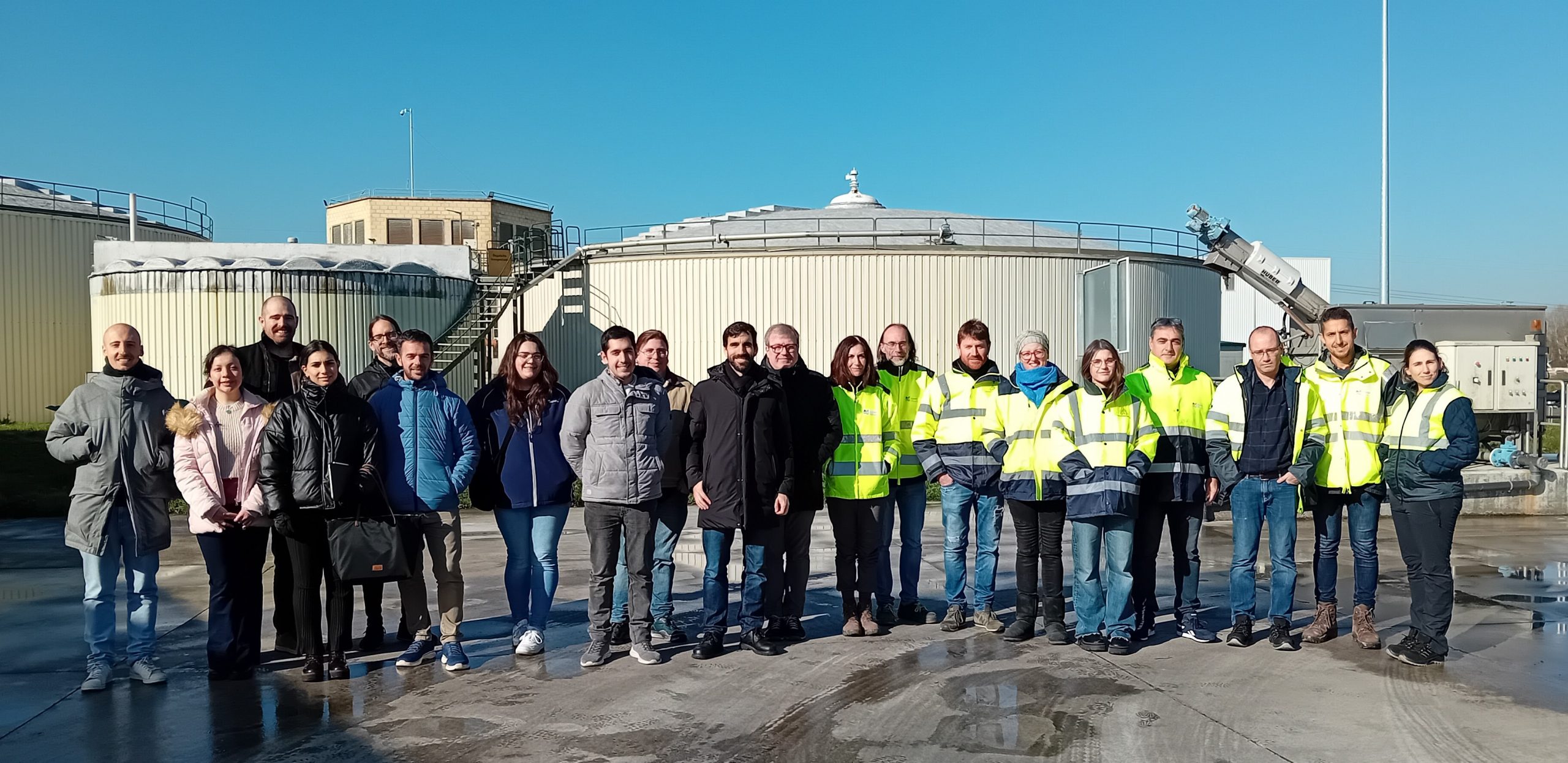
An innovative solution for recovering and revalorising phosphorus in the wastewater treatment process
The current situation of raw material scarcity requires the implementation of strategies for an efficient and responsible use of natural resources. In this context, wastewater treatment plants play a key role. The University of Barcelona is participating in a public-private collaboration project to design, develop, and validate in a real environment, new technological solutions that allow the recovery of phosphorus in the form of struvite, using secondary resources from an industrial process as a source of magnesium. Struvite is a slow-release mineral fertiliser with high added value.
‘The recovery of phosphorus from wastewater by converting it into value-added products is a key process within the concept of circular economy and for transforming wastewater treatment plants (WWTPs) into true biorefineries,’ explains Josep Maria Chimenos, professor at the Faculty of Chemistry in the Department of Materials Science and Physical Chemistry, who together with Sergi Astals, from the Faculty of Chemistry in the Department of Chemical Engineering and Analytical Chemistry, leads the UB team in the project. The consortium, led by the public company Navarra de Infraestructuras Locales, S.A. (NILSA), also includes the participation of the companies GyD Tecnología del Agua and Magnesitas Navarras, S.A. (MAGNA), as well as researchers from the University of Navarra and the Ceit Technology Centre.
Energy neutrality through biogas production
The first challenge to be addressed in the project is the production of biomethane from the biogas obtained in anaerobic sewage sludge digesters. The project will apply an innovative technological solution based on the use of secondary industrial magnesium resources to transform this biogas into biomethane and its subsequent connection to the natural gas network, with a significant effect on the reduction of greenhouse gas emissions.
‘The use of secondary magnesium oxide resources to capture CO2 from biogas allows the generation of magnesium carbonates that can be used later for struvite precipitation, integrating perfectly with existing biogas upgrading technologies. The use of secondary resources, within the framework of a circular economy, increases the sustainability of the process and considerably reduces costs,’ say the UB researchers, who have extensive experience in the recovery of these wastes and the treatment of municipal and industrial wastewater.
Recovery of nutrients to obtain fertilisers
The second challenge to be addressed in the project is the recovery of phosphorus from treated water, one of the requirements imposed by the European Commission in the new regulation on the sector. This objective will be achieved by improving the phosphorus recovery process through its precipitation as struvite. ‘This is a technology of high interest, as the product obtained can be used as a slow-release nutrient fertiliser. It has been estimated that the recovery of phosphorus as struvite in sewage treatment plants can provide 15-20 % of the global phosphorus demand,’ the researchers stress.
In addition, the lower concentration of this nutrient will also reduce the risk of eutrophication, i.e. algal blooms in treated water, and the operational problems – due to clogged pipes and tanks – caused by uncontrolled struvite precipitation in WWTPs.
The final result of the project will be a demonstration-scale prototype to be located at the Arazuri wastewater treatment plant (Navarre), managed by the Pamplona Region Community of Pamplona (MCP). To this end, the consortium is taking advantage of the accumulated experience of its members, as well as the previous results developed in previous projects, which will allow the design and scaling of the technology to be optimised.
The three-year project, reference SCPP2300C010703XV0, aims to develop the use of magnesium by-products to facilitate the circular economy in urban wastewater treatment plants by recovering phosphorus in the form of struvite, upgrading biogas and producing fertilisers (MagnEDAR). For this reason, the University of Barcelona has obtained funding of 156,398 euros in the framework of the public-private collaboration project line, call 2023, financed by the Ministry of Science, Innovation and Universities, the State Research Agency and ERDF.


